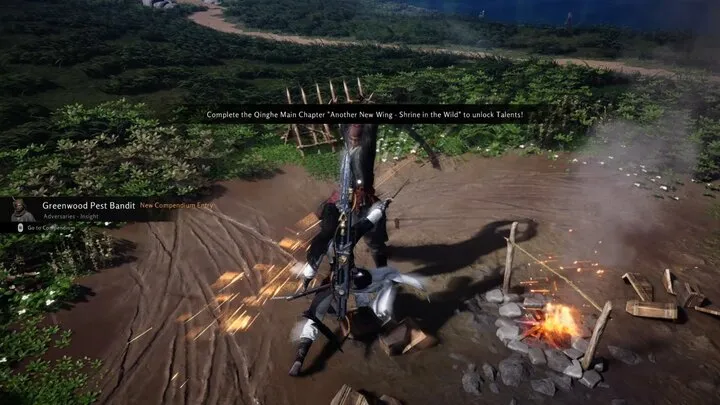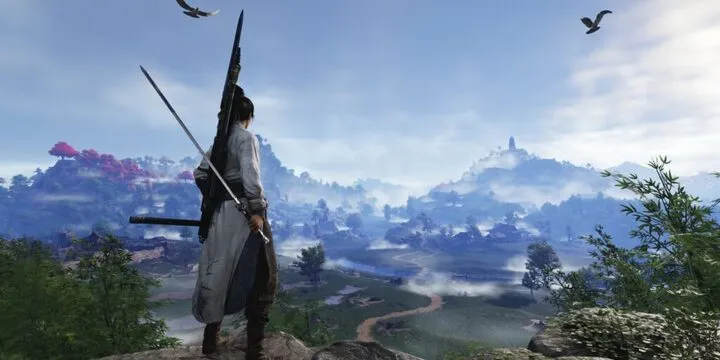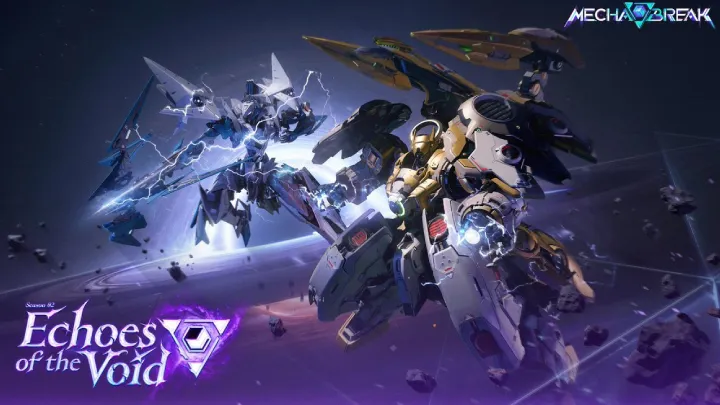Where Winds Meet is a complex, living wuxia world where mastery comes not from grinding alone, but from understanding the interplay between movement, combat, cultivation, and environmental systems. Many players struggle because they treat the game as a standard RPG, focusing only on leveling up or acquiring equipment, without considering how weather, timing, and strategy can completely alter outcomes. This guide dives deeply into expert-level tips and strategies, structured to help players progress from early-game survival to late-game mastery. Each section explores actionable techniques, advanced mechanics, and thoughtful decision-making to help players dominate every aspect of the game.

1. Developing the foundational mindset
Success in Where Winds Meet begins with the right mindset. Unlike conventional RPGs, the world responds subtly to your actions, reputation, and choices. Players must first slow down and observe before acting, learning to treat the environment, NPC behaviors, and enemy patterns as tools rather than obstacles.
Understanding this foundation allows you to anticipate consequences, plan efficiently, and avoid pitfalls that trap new players in wasted resources or early-game failure.
Observation skills
- Study NPC routines carefully
- Recognize faction patrols and patterns
- Use environmental cues like sound and wind direction
Environmental awareness
- Track changes in wind and weather
- Watch animal movements for hidden threats
- Learn visual indicators of enemy alertness
2. Early-game survival strategies
The first few hours are critical. Many newcomers fail because they explore indiscriminately, leading to encounters they cannot survive. Early-game strategies revolve around identifying safe zones, gathering essential resources, and unlocking mobility techniques. Players should focus on survival first, then exploration, always prioritizing preparation over curiosity.
Prioritizing resources
- Collect herbs and medicines before combat
- Unlock one reliable mobility skill early
- Avoid unnecessary kills to protect morality alignment
Early combat preparation
- Equip gear suitable for your chosen combat style
- Learn enemy attack patterns
- Scout new areas before engaging
3. Mastering movement and momentum
Movement in Where Winds Meet is a core part of both combat and exploration. Effective use of parkour, momentum, and chaining techniques allows players to traverse the environment efficiently and gain tactical advantages in battle.

Chaining mobility techniques
- Combine dash, slide, climb, and air attacks
- Use wall-running and gliding to avoid enemy fire
- Exploit elevation for offensive and defensive maneuvers
Stamina management
- Conserve stamina during uphill runs
- Avoid overextending in multi-enemy fights
- Use wind-assisted movement when possible
4. Utilizing weather and environmental systems
Weather and environmental conditions in Where Winds Meet affect combat, stealth, and exploration. Wind alters projectiles and jump arcs, rain dampens sound, and fog reduces visibility for both players and enemies. Advanced players learn to integrate weather into their strategies rather than fighting against it.
Wind mechanics
- Adjust projectile aim based on wind strength
- Exploit wind to enhance movement speed
- Use environmental effects to manipulate enemy positioning
Weather-based strategy
- Ambush during fog for stealth advantage
- Plan combat during favorable conditions
- Use storms to amplify elemental abilities
5. Cultivation and internal energy management
Cultivation defines long-term progression. Internal energy growth, meridian unlocking, and martial arts selection must work in harmony. Choosing the right cultivation branch early enhances mobility, damage output, and survivability.
Core cultivation branches
- Wind-aligned: speed, evasion, aerial combat
- Fire-aligned: burst damage, aggression, intimidation
- Earth-aligned: defense, stability, crowd control
- Water-aligned: stealth, adaptability, healing
Common cultivation mistakes
- Avoid mixing conflicting branches
- Don’t spread resources too thin
- Upgrade internal meridians before learning advanced arts
6. Stealth, assassination, and consequences
Stealth is a strategic layer that impacts faction relationships and narrative progression. Killing targets carelessly can lead to long-term consequences, while intelligent use of stealth, disguises, and timing ensures success.
Silent takedowns
- Strike during weather cover for invisibility
- Use distractions to isolate enemies
- Exploit environmental hazards to avoid detection
Reputation management
- Excessive assassinations trigger faction retaliation
- Sparing enemies improves long-term reputation
- Proper use of disguises allows unnoticed infiltration
7. Advanced combat timing and counters

Combat in Where Winds Meet emphasizes timing, rhythm, and reading enemy behavior. Two enemies with identical weapons may behave completely differently depending on fear, aggression, or desperation.
Combat flow principles
- Offense is a response, not the start
- Deflection timing changes by weapon type
- Aerial combat is high-risk, high-reward
Combos and reactive sequences
- Parry → Light Attack → Heavy Finisher
- Dodge → Air Step → Aerial Slash
- Counter → Throw → Ground Slam
8. Faction interaction and world reputation
Factions remember everything. Helping one group may improve your support network but instantly alienate another. Your reputation affects shop prices, quest access, travel safety, and even ambush likelihood.
Choosing factions intelligently
- Evaluate martial rewards
- Consider travel routes
- Note moral alignment impacts
What to avoid
- Killing faction leaders
- Stealing from neutral groups
- Ignoring rescue events
9. Economy, crafting, and resource management
The economy in Where Winds Meet is not just for buying gear—it is a tool for influence. Money, crafting, and trade shape the world just as much as combat does. High-tier weapons often require rare materials that can be obtained via trading, faction quests, or environmental exploration.
Crafting specialization
- Weapon forging
- Herbal medicine creation
- Accessory enhancement
Efficient money strategies
- Trade between villages
- Sell crafted medicines
- Participate in faction auctions
- Complete bounty events
10. Late-game mastery: player identity, philosophy, and world impact
Late game is when your identity as a martial artist becomes fully realized. Every choice made earlier—cultivation branch, faction loyalty, morality—coalesces into a unique style that influences how NPCs treat you. Endgame introduces reactive story paths where your reputation triggers entirely different outcomes.

Defining your identity
- Heroic path
- Anti-hero path
- Scholar-warrior path
When the world responds to you
- Villagers recognize your actions
- Factions change behavior
- Enemies evolve tactics
Conclusion
Where Winds Meet rewards thoughtful, observant players who treat its systems with respect and curiosity. Survival, movement, weather, cultivation, stealth, combat, and faction interaction are all interconnected. True mastery comes not from grinding but from understanding the subtle cause-and-effect relationships in the game. By following these strategies, players can craft a unique story, optimize combat efficiency, and fully immerse themselves in this living wuxia world.

















